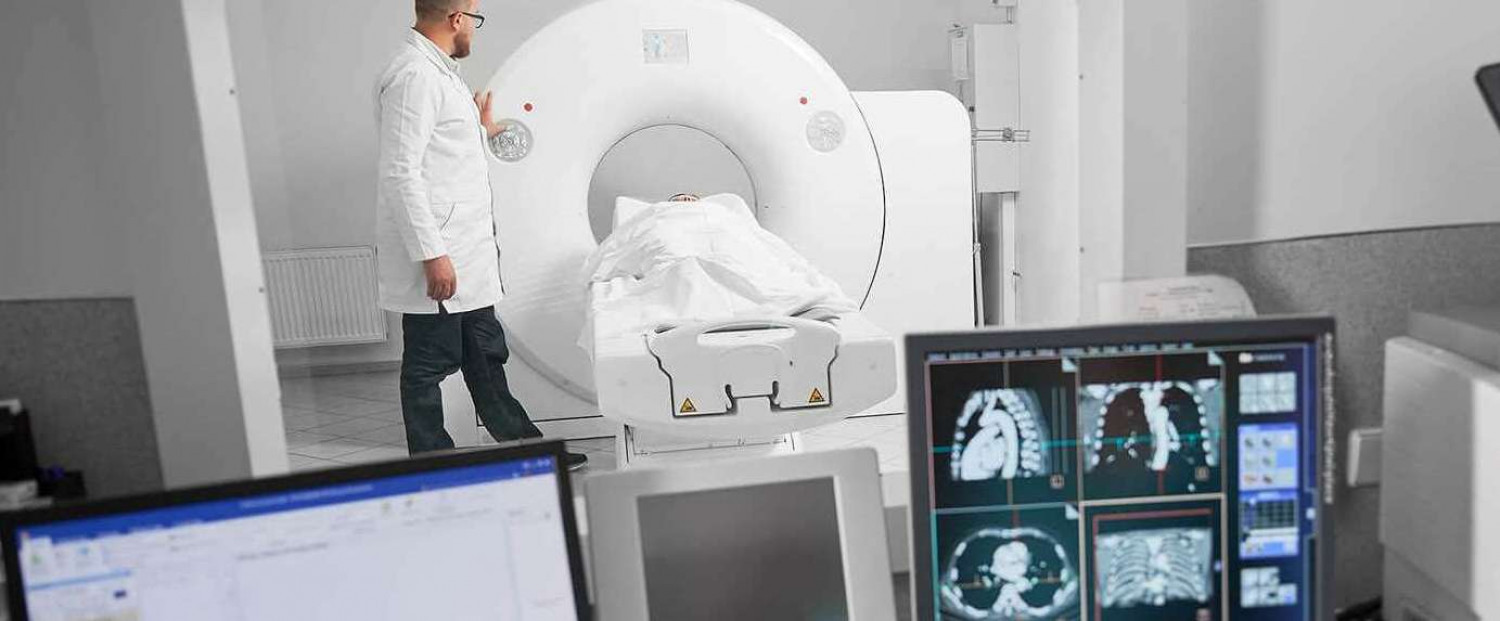

Magnetic Resonance Imaging (MRI)
Magnetic Resonance Imaging (MRI) produces remarkable images of the brain, spine, joints and other organs to determine the severity of patient injuries and conditions.
We are proud to offer open solutions at all locations for patient comfort. This provides for a more comfortable experience especially for larger individuals, up to 500 pounds, and those prone to anxiety or claustrophobia. Our MRI technology reduces your total exam time and delivers a cooler, quieter scanning experience. We are able to offer an improved patient experience while continuing to deliver exceptional image quality for confidence in diagnosis.
When is an MRI used?
Orthopedics: MRI is used in orthopedics to evaluate bones and joints in order to diagnose arthritis, bone tumors, bone marrow or cartilage problems, torn ligaments or tendons, or infection.
Spine: MRI studies the discs and nerves of the spine for conditions such as spinal stenosis, disc bulges, and spinal tumors.
Brain: MRI examines the brain for tumors, an aneurysm, nerve injury and damage caused by stroke. MRI of the eye studies optic nerves. MRI of the ears studies auditory nerves.
Chest: MRI of the chest can look at the heart, the valves, and coronary blood vessels. MRI may also be used to look for breast cancer.
Abdomen & Pelvis: MRI is used to study the organs and structures in the whole body, such as the liver, gallbladder, pancreas, kidneys, and bladder. It is used to find tumors, bleeding, infection, and blockage. Extra advanced CAD Software is used on the prostate gland for more precise diagnosis.
MRA: Magnetic Resonance Angiography (MRA) uses MRI to evaluate blood vessels and the flow of blood through them. It examines the arteries and veins to diagnose an aneurysm, a blocked blood vessel, or the torn lining of a blood vessel (dissection).
Bilateral Breast MRI: is used to evaluate concerns detected by mammography or ultrasound and to assess treatment. MRI guided Breast Biopsies are performed at Health Village Imaging. The American Cancer Society (ACS) guidelines recommend Breast MRI for high risk women. The guidelines are detailed on the American Cancer Society website.
